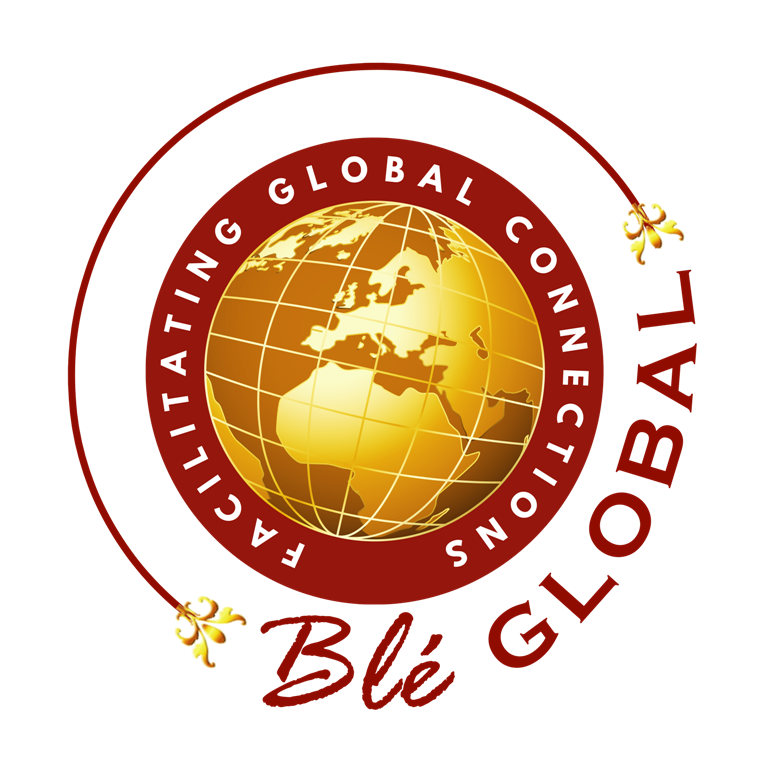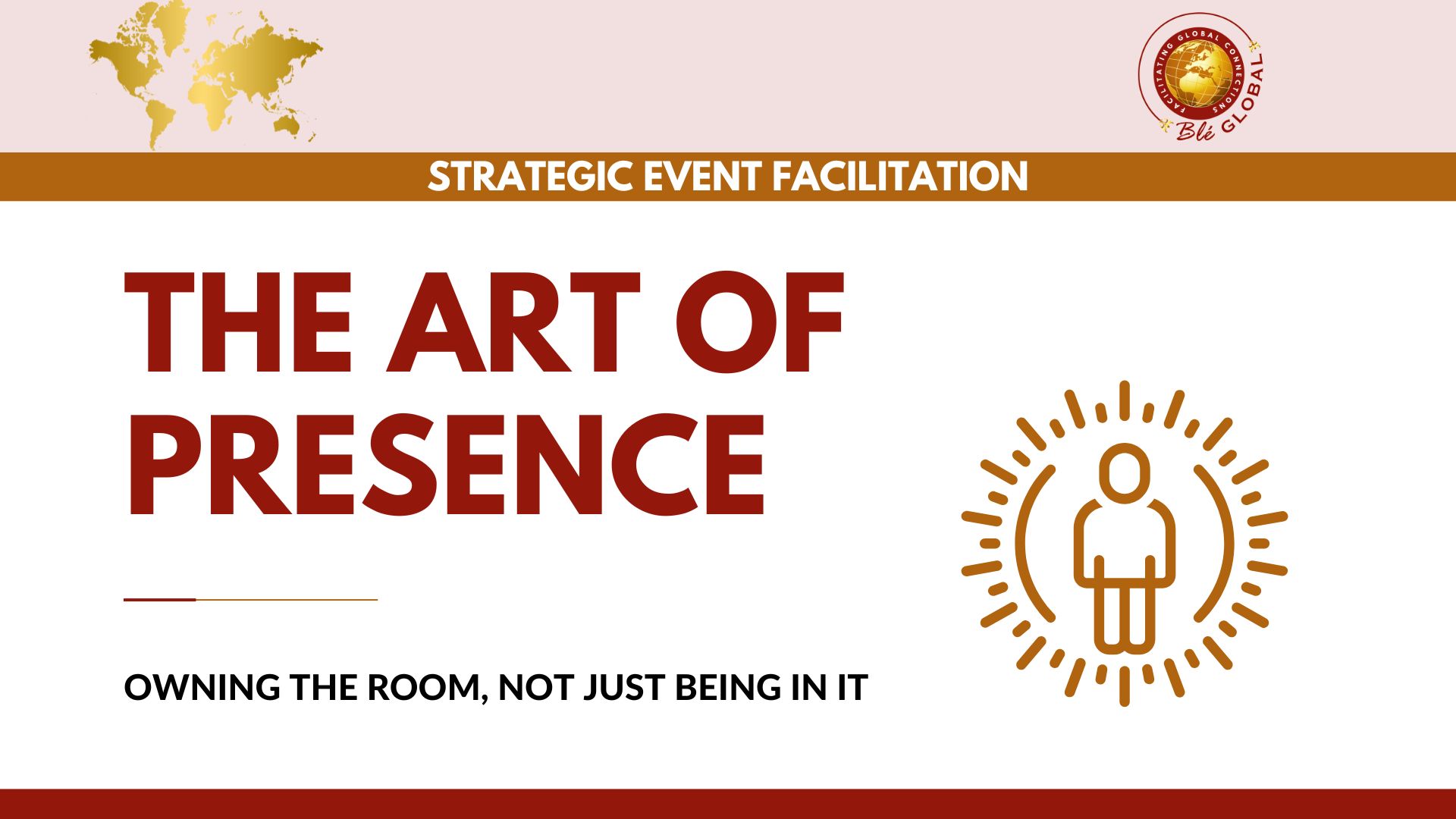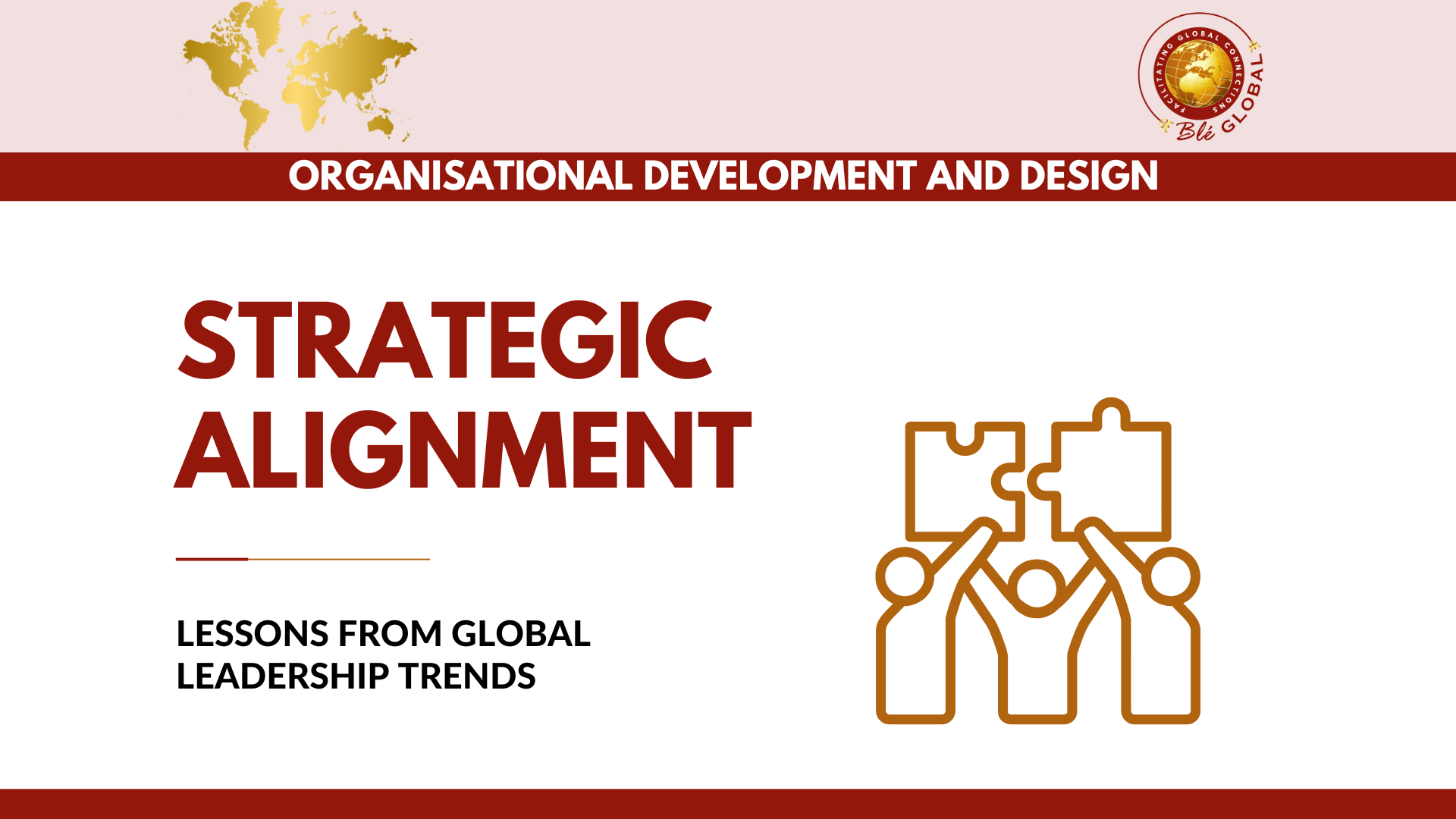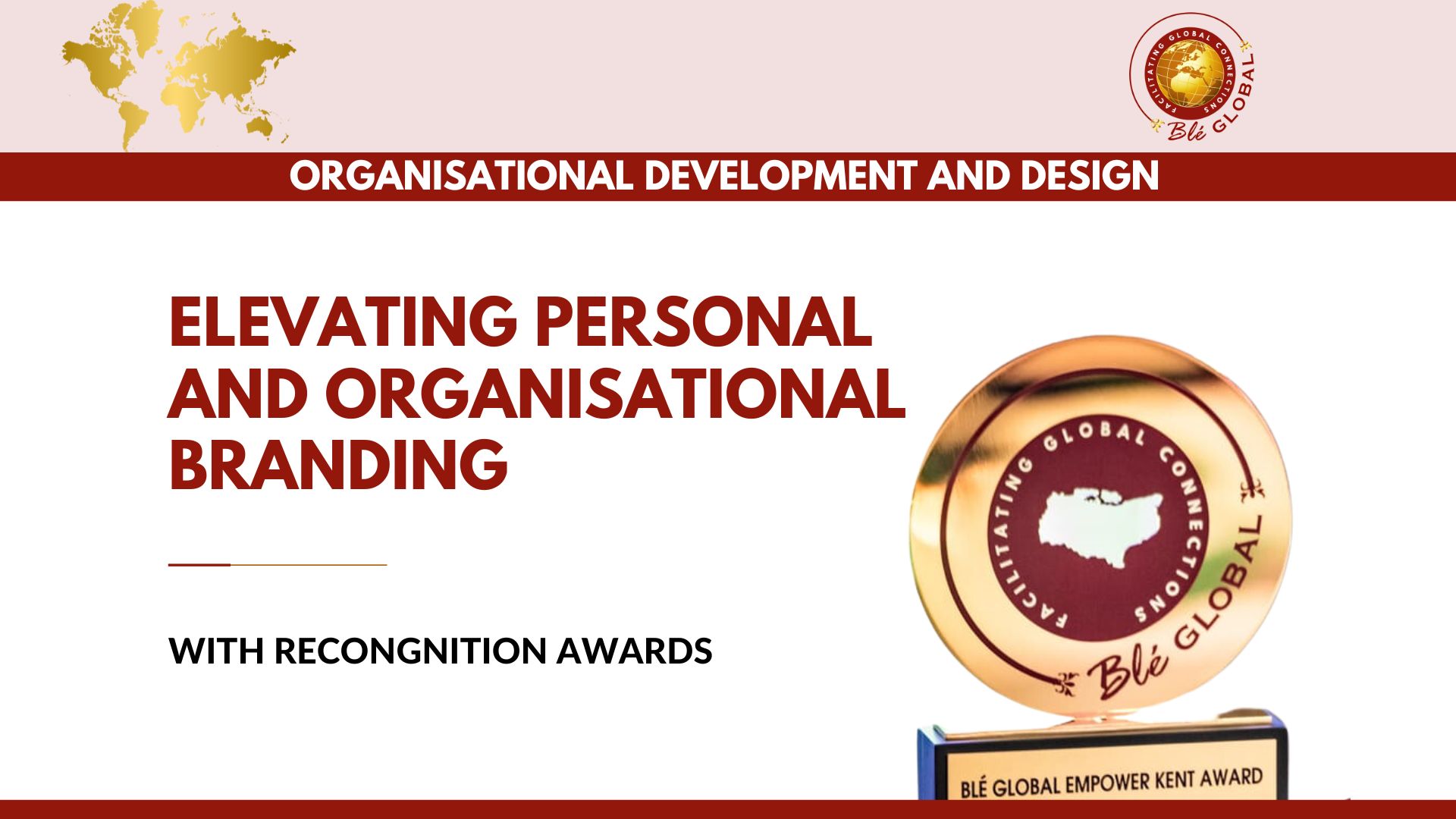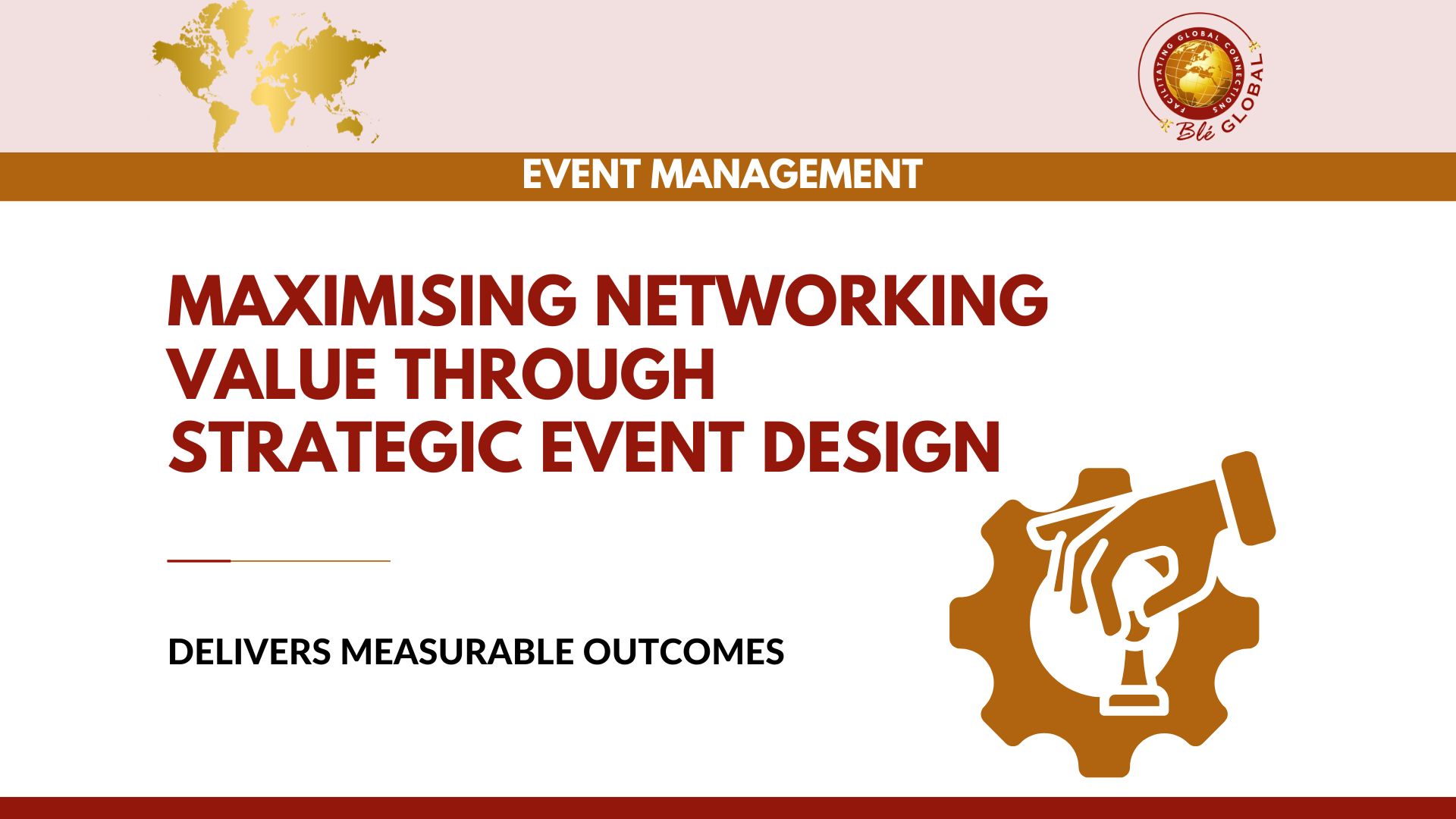Leadership should not be about reacting to change; it’s about designing for it. But how…
Imagine walking into a room, not with a sense of uncertainty, but with a quiet confidence. You’re not just there – you’re present. You understand the dynamics at play, the unspoken currents of influence and you know how to navigate them with grace and purpose. This isn’t about manipulation; it’s about strategic presence, a skill that transforms access into a powerful asset.
Some people seem to effortlessly command attention, while others fade into the background. The difference often lies in understanding the art of access. It’s not about being in the right place at the right time; it’s about being the right person in the right place, adding value and building connections that resonate. It’s about understanding that every room, from the boardroom to the backyard barbecue, offers an opportunity for connection and influence.
So, how do you cultivate this strategic presence? It starts with a shift in mindset. Instead of focusing on what you can get from a room, consider what you can give. People gravitate towards those who offer value, whether it’s insightful commentary, genuine support, or simply a warm and engaging presence.
My Event Engagement Model, detailed in my book – Access Granted, provides a framework for maximising your impact in any environment. It’s a structured approach designed to ensure that every interaction, from the initial introduction to the post-event follow-up, contributes to meaningful engagement and lasting influence.
Because every room has its own unique energy, understanding the nuances of different spaces is key:
The Boardroom: Here, decisions are made and strategies are forged. Your contribution should be concise, insightful and aligned with the overarching objectives. Listen carefully, speak with intention and let your words carry weight.
The Networking Event: This is where connections are made. Ditch the hard sell and embrace genuine curiosity. Ask thoughtful questions, listen actively and focus on building relationships, not closing deals.
The Executive Retreat: This environment calls for a blend of vision and discretion. Contribute to the big-picture thinking, ask bold questions and facilitate engaging conversations. This is where you cultivate influence over time.
The Social Gathering: Don’t underestimate the power of informal connections. Be present, be authentic and let conversations flow naturally. Opportunities often arise in these relaxed settings.
The Event Engagement Model provides a roadmap for maximising your presence in any of these rooms:
Pre-Event Engagement: Preparation is paramount. Research attendees, identify key sessions and set clear, measurable goals. Craft a concise and compelling introduction that highlights your unique value.
On-Site Engagement: Actively participate in discussions, ask insightful questions and prioritise quality interactions over quantity. Leverage social media and event apps to extend your reach and connect with others in real time.
Post-Event Engagement: Follow up with personalised messages, sharing relevant articles and insights. Nurture these relationships over time, ensuring your connections remain valuable and mutually beneficial.
Strategic access isn’t about who you know; it’s about who knows you and the value you bring. When you approach every interaction with purpose, presence and generosity, opportunities unfold naturally.
So, the next time you enter a room, ask yourself: What is the purpose of this space? How can I contribute value? Who are the key players and how can I connect with them authentically?
Mastering access is about more than just being seen; it’s about being remembered for the right reasons. It’s about cultivating a presence that resonates, influences and opens doors to extraordinary possibilities. Are you ready to own the room? Let’s explore how strategic event facilitation and organisational alignment can help you amplify your presence and maximise your impact.
Author: Dr. Blessing Enakimio
Blé Global - Facilitating Global Connections
